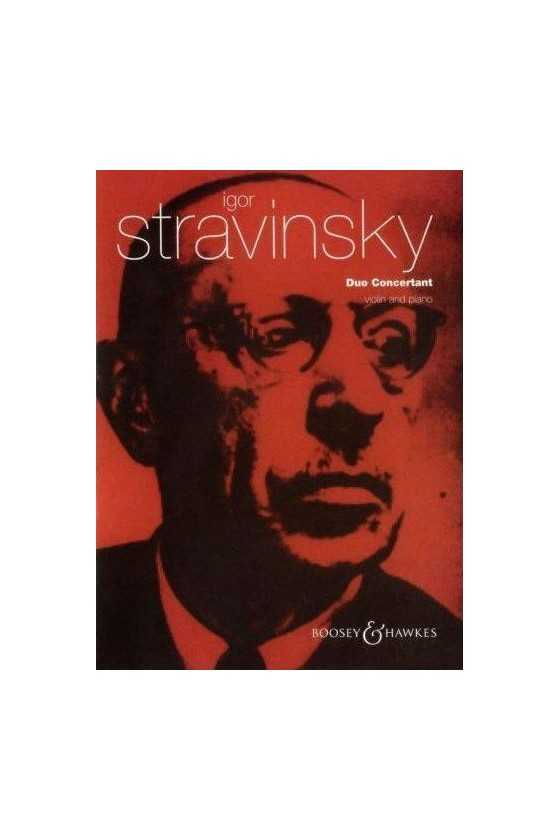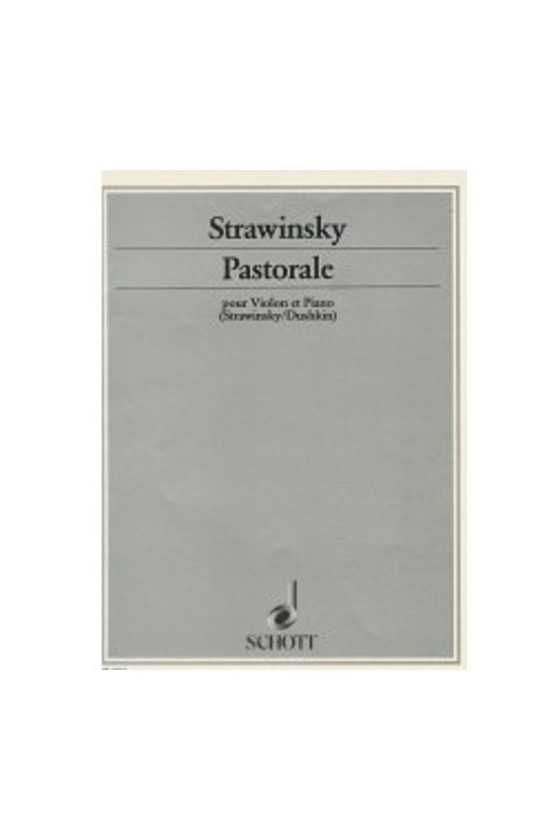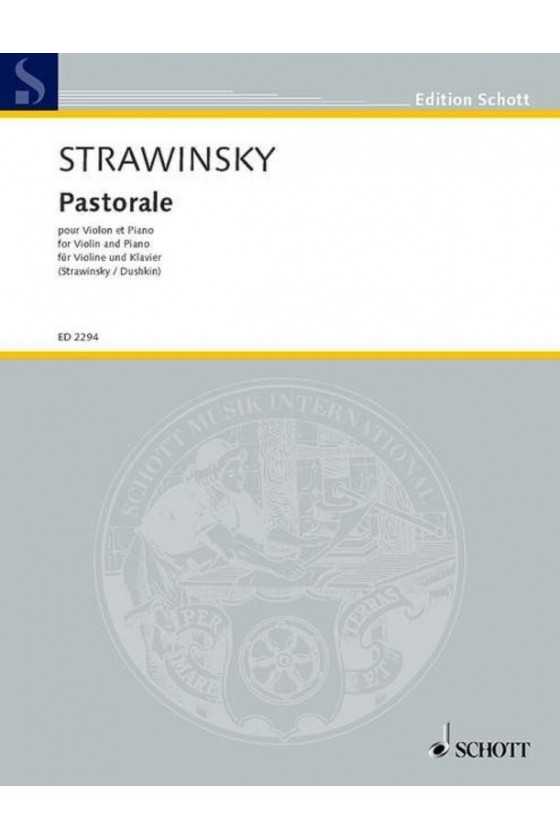Stravinsky Berceuse From The Firebird (Kalmus)
Stravinsky Berceuse from the Firebird (Kalmus)
Igor Fyodorovich Stravinsky, a renowned Russian composer, revolutionized the world of classical music with his innovative and boundary-pushing compositions. Born on June 17, 1882, in Oranienbaum, Russia, Stravinsky's musical journey spans continents and genres, leaving an indelible mark on the history of music.
Early Life and Education
Stravinsky's parents, Fyodor and Anna, recognized his musical talents from an early age. Despite their wishes for him to pursue a career in law, Stravinsky's passion for music led him to enrol at the University of Saint Petersburg. There, he met Vladimir Rimsky-Korsakov, the son of renowned composer Nikolai Rimsky-Korsakov.
Rise to Prominence
Following his father's death in 1902, Stravinsky fully embraced his artistic aspirations and became a pupil of Nikolai Rimsky-Korsakov. In 1906, he married Catherine Nossenko, and they had four children together. Stravinsky's breakthrough came when Sergei Diaghilev, the founder of the Ballets Russes, invited him to orchestrate works for his ballet Les Sylphides in 1909.
Stravinsky's Collaborations
The success of Stravinsky's collaboration with Diaghilev led to a commission for The Firebird, a ballet created in partnership with choreographer Michel Fokine. Premiering in Paris in June 1910, The Firebird catapulted Stravinsky to international fame. The following year, Petrouchka further solidified his reputation as a master composer.
International Recognition
In 1913, Stravinsky's most controversial and groundbreaking work, The Rite of Spring, premiered in Paris. The avant-garde score and provocative choreography sparked a riot among the audience but quickly gained recognition for its innovative approach to music. Despite the initial backlash, The Rite of Spring established Stravinsky as a leading figure in the music world.
Stravinsky's Exile and Innovative Works
With the outbreak of World War I, Stravinsky and his family were forced to leave Russia and settle in Switzerland. This period of exile fueled his creativity, and he drew inspiration from Russian folklore and jazz influences in his compositions. Notable works include Renard (1915-1916) and Les Noces (begun in 1914 and completed in 1923).
"My freedom will be so much greater and more meaningful the more narrowly I limit my field of action and the more I surround myself with obstacles. Whatever diminishes constraint diminishes strength. The more constraints one imposes, the more one frees oneself of the claims that shackle the spirit." - Igor Stravinsky.
Return to Fame
In 1920, Stravinsky relocated to France, where he continued to compose groundbreaking works such as Pulcinella (1920) and Symphony of Psalms (1930). However, his Symphony in C (1940) became one of his most famous and enduring compositions. Despite the challenges posed by World War II, Stravinsky's music continued to captivate audiences worldwide.
Stravinsky's Legacy
Stravinsky's compositions span various genres, from ballets and orchestral works to operas and chamber music. His unconventional rhythms, dissonance, and unique orchestrations challenged traditional musical conventions and paved the way for future composers.
Conclusion
Igor Stravinsky's contributions to the world of music are immeasurable. His relentless pursuit of innovation and experimentation pushed the boundaries of classical music and left an indelible mark on the art form's history. Today, his compositions continue to be celebrated and performed, ensuring that his legacy as one of the greatest composers of the 20th century lives on.

Stravinsky Berceuse from the Firebird (Kalmus)
Stravinsky Duo Concertant for violin and piano (Boosey & Hawkes)
Stravinsky, Pastorale Violin/Piano ( Schott)
Boxed:
Sticky Header:
Sticky Add To Cart
Sticky Footer:
Font:





